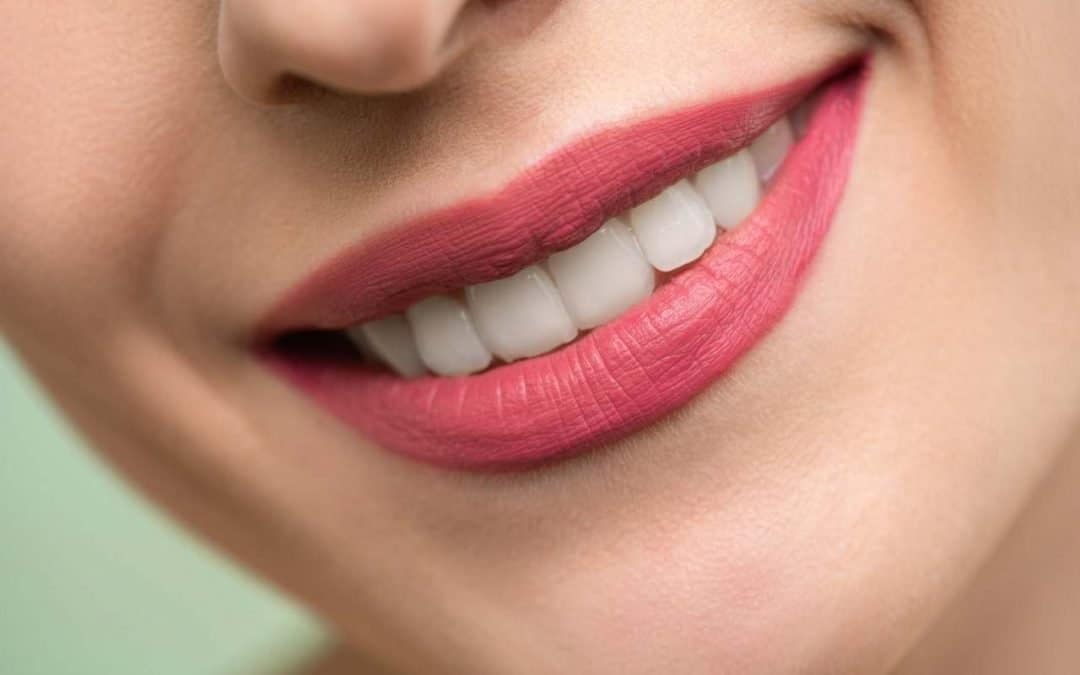Considering that good quality teeth whitening is an investment, you’re going to want to take good care of the results. A few minutes spent brushing and flossing each day is a small price to pay. We sat down with Dr Valence Roberts, Principal Dentist at Melbourne’s Award-winning Clinic, Cosmetic Avenue to find out how to take good care of our shiny white results.
I like saying “if you think something you eat or drink could stain a nice white shirt… it can stain your teeth”.
First things first…watch out for these common culprits:
Drinks like…
- Tea and coffee… especially green tea or black tea and coffee
- Turmeric in any drink
- Red wine
- Sports drinks and soft drinks (Soft drinks and sports drinks are the best examples of direct staining as well as acid attack, but most people don’t realise how acidic they are, along with white wines, champagnes and even plain soda water can cause acidic erosion of your teeth.)
- Fruit juices
Foods like…
- Curries
- Soy and tomato sauces
- Balsamic vinegar
- Blueberries
- Beetroot
- Ice creams, icy poles, chocolates
- Anything with a lot of food dye
And it goes without saying that smoking is a major cause of tooth staining.
Other less common causes are:
- medications such as iron supplements
- mouthwashes that contain chlorhexidine
Acidic things will also damage your enamel over years resulting in erosion and a more dull and “yellow” appearance of your teeth which can’t be whitened.
Some medications like antihistamines, high blood pressure tablets and even vitamin C can do this, but also acidic food and drinks like apples and vinegar.
Antibiotics like tetracycline can cause the development of stained teeth in developing children, but it does not have the same effect in adults and won’t affect your whitening results.
Keep it Brief
If you are eating or drinking something colourful be mindful that over time, it will add its colour to your teeth. Try to limit the time the colours that are in contact with your teeth and make sure you thoroughly rinse your mouth out with water afterwards. I also suggest using a straw to avoid direct contact and chewing gum after eating, this is great for getting saliva flowing, washing away the stains.
Some people will brush after their meals, but you should wait 30 minutes to brush to help protect your enamel.
Don’t Forget to Floss
Whilst flossing is often overlooked, it’s an excellent way to help sweep away debris between your teeth which causes unsightly staining, it can help also help prevent cavities from forming.
Last But Not Least…
Brushing gently, yet thoroughly two to three times a day will help maintain your whiteness. Flossing (especially a water flosser) is very helpful.
While whitening toothpaste is great at helping maintain whiteness, I warn against using them all the time. They are generally more abrasive than normal toothpaste and if overused, they can wear away your enamel, leading to more dull and yellow looking teeth long term.
Maintain your 6 monthly dental reviews and cleaning. A lot of your surface staining can be removed during a clean.




